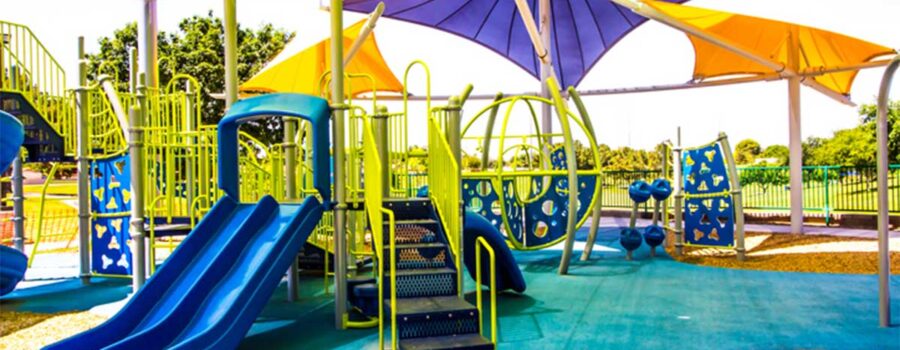Hey parents, have you ever thought about the paint used on your children’s playground equipment? Did you know that the paint may contain toxic metals that can cause severe health and environmental risks? In this article, we’ll talk about the potential dangers of toxic paint in playgrounds and what you can do to keep your children safe.
Health Risks of Toxic Paint in Playgrounds
Exposure to toxic metals in playground paint can have severe health consequences for children. For instance, lead can cause damage to the brain and nervous system, leading to developmental delays, learning disabilities, and behavioral problems. Meanwhile, chromium can cause respiratory problems, skin irritation, and lung cancer, while cadmium can damage the kidneys and lungs. Exposure to these toxic metals can cause children to experience symptoms such as headaches, dizziness, and fatigue, and may lead to long-term health effects later in life.
Environmental Consequences of Toxic Paint in Playgrounds
Toxic paint in playgrounds can also cause environmental consequences. The leaching of toxic materials into the soil and groundwater can contaminate and harm the environment, wildlife, as well as ecosystems. This contamination may also have a long-term impact on the surrounding area.
Regulations and Efforts to Address Toxic Paint
To address the risks associated with toxic paint in playgrounds, authorities have implemented national and international regulations and policies. However, according to a study by ScienceDirect, there is a need to do more to protect children and the environment from the dangers of toxic paint.
The paint industry is also developing safer, non-toxic alternatives to traditional playground paint. Water- or plant-based paints that are free from harmful chemicals, for instance, are used by some companies. Additionally, initiatives and programs have been created to promote responsible paint disposal and recycling, reducing the impact of toxic paint on the environment.
Identifying and Reporting Toxic Paint in Playgrounds
Parents and community members can take steps to identify and report toxic paint in playgrounds. Signs of chipping, peeling, or flaking paint may indicate the presence of toxic materials. Regularly inspecting playground equipment can help identify potential hazards, and reporting any concerns to local authorities can ensure that remediation efforts are taken.
Stick to New Playgrounds
Increasing public awareness about the dangers of toxic paint in playgrounds is crucial. Parents, community members, and organizations can play an important role in advocating for safer playgrounds and supporting initiatives aimed at reducing the risks associated with toxic paint. To protect children and the environment, actively involving oneself in local and global initiatives aimed at addressing the risks associated with toxic paint is important.
One key way to protect our children from exposure to toxic paint is by choosing newer playgrounds for them to enjoy. Playgrounds constructed using safer, non-toxic paint and materials are more common in modern times. Additionally, by ensuring that the playgrounds we frequent have no flaking or peeling paint, we reduce the risk of our kids coming into contact with hazardous substances. By being vigilant and opting for newer, well-maintained playgrounds, we can create a fun and safe environment for our children, allowing them to play freely without the worry of toxic paint exposure.
Play safe out there!
Reference:
- ScienceDirect. “Toxic Metals in Playground Equipment: A Revealing Study.” 2019, www.sciencedirect.com/science/article/pii/S0269749119321913.








